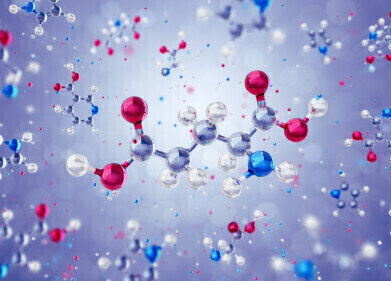Ion chromatography (IC)
What Makes a Good Sausage? — Chromatography Explores
Jan 31 2018
Pork and apple, Cumberland, or maybe chilli beef – we all have our own idea of what makes a good sausage. Spain and Italy, however, are famous for their fermented sausages. Also known as cured sausages, the Italians use theirs to make salami, while Spaniards prefer Chorizo as their fermented sausage of choice. But how exactly are these sausages fermented – and can the fermentation process be improved? Read on as we look at how to make the best fermented sausage.
What makes a sausage ferment?
First, we need to look at what makes a fermented sausage different from our regular “bangers”. It might not be something you consider as you bite into the salami on your pizza, or chorizo with your Spanish-infused pasta dish, but there is a well-thought-out process required to make these typically salty sausages.
There is something of a “fork in the road” during production, however. Fermentation can be left to begin spontaneously or by using “commercial starter culture”. This starter culture produces sausages with higher acidity and typically inferior taste. A team of Italian researchers has set out to find why, and what exactly leads to spontaneous fermentations.
Spontaneous fermentation
Foodie scientists are already aware, roughly, of what happens in the process. Spontaneous fermentation is triggered by the conditions of the sausage, which naturally “selects” microbiota to start the process. The problem? The bacteria don’t always start fermentation, even if the conditions are right. That’s what makes starter cultures appealing for commercial producers, despite the starter culture’s impact on the final product. The Italian scientists decided to get a better idea of what exactly goes on in the spontaneous fermentation process.
They used next-generation sequencing techniques to identify the relevant microbes and map metabolic pathways. Following this, using gas chromatography coupled with mass spectrometry (GC-MS), they were able to identify the metabolites produced during fermentation – and measure their quantities. A closer look at mass spectrometry is available in the article ‘MS Atmospheric Pressure Ionisation Sources: Their Use and Applicability’
Highlighting the differences
Having analysed both types of fermentation and their end-products — mapping 21 metabolic pathways and 1,774 genes — the team found a few specific differences. First, the density of lactic acid bacteria was higher in the starter culture sausages – as were levels of Staphylococcaceae. On the other hand, spontaneous fermentation resulted in increased Lactobacillus sakei and Lactobacillus curvatus.
While starter culture sausages had more acetic acid and short chain fatty acids, spontaneously fermented sausages had medium and long chain fatty esters. The result? The former had a pungent, weedy scent, while the latter was more fruity and sweet. So, it looks like there is method in the natural madness of spontaneous fermentation after all.
Events
Apr 22 2025 Kintex, South Korea
Analytica Anacon India & IndiaLabExpo
Apr 23 2025 Mumbai, India
Apr 27 2025 Portland, OR, USA
May 11 2025 Vienna, Austria
May 18 2025 Tempe. AZ, USA














